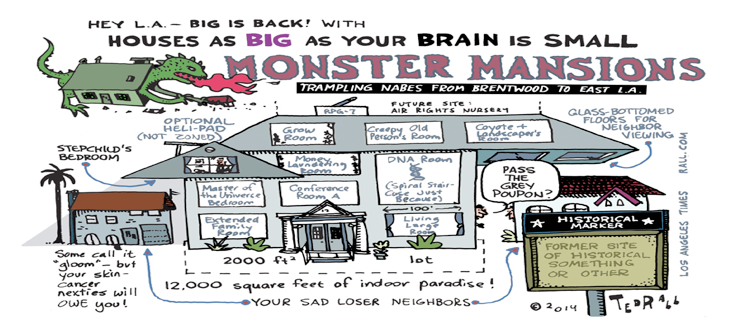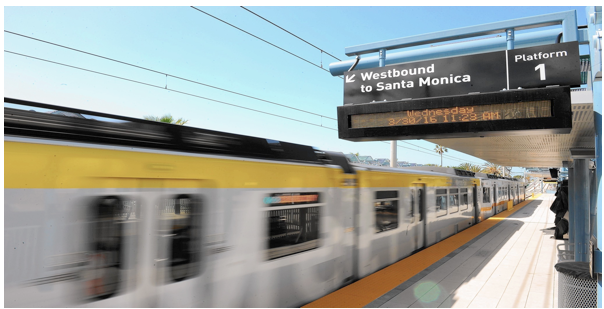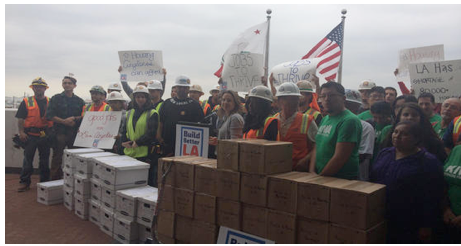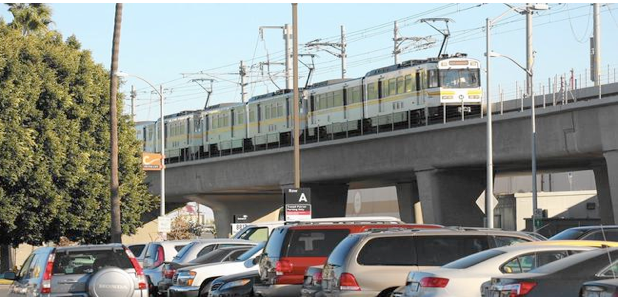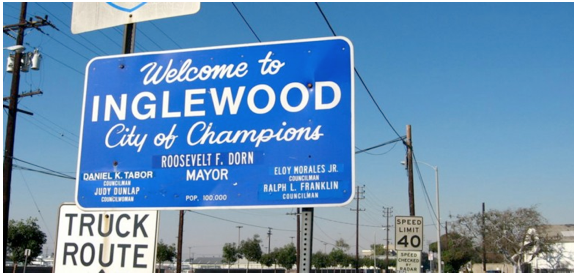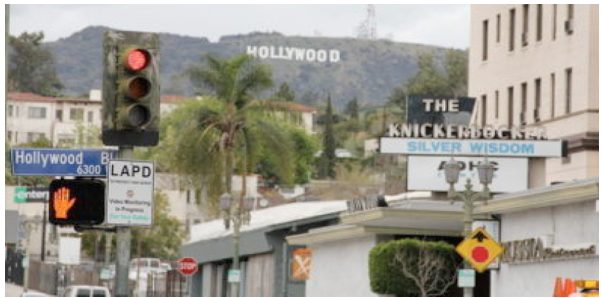Want to Win the Poverty and Homelessness Battle? More Jobs … Fewer Tax Hikes
SHOCKING STUDY--In 2007, about a year before the economy crashed, the Gallup Poll found that 28 percent of Americans had at some point worried about becoming homeless.
It’s worse today. A new UCLA study found 31 percent of county residents worried about becoming homeless. Even among people earning between $90,000 and $120,000, 1 in 4 were afraid they would one day live on the street.
The fear is a symptom of a stagnant economy. If people felt confident that they would always be able to find a job, some kind of job to pay the bills, everybody would be sleeping better at night. Instead, there is widespread anxiety that unemployment could be imminent, devastating, and at an ever-younger age, permanent.
When economic stagnation is the problem, a tax increase is not the solution. Higher taxes drain away resources needed for growth and job creation. Beleaguered businesses shrink, close or leave. Poverty spreads like water on a marble floor.
So it’s particularly depressing to see the city and county of Los Angeles plotting to raise taxes in the name of helping the homeless.
Mayor Eric Garcetti’s proposed $8.75 billion budget includes a pledge of $138 million to help get homeless people into affordable housing, but the future of Garcetti’s 10-year, $2 billion plan to house the homeless depends on persuading voters to approve a higher sales tax, more borrowing, or a new transfer tax on real estate transactions. None of those proposals reached 50 percent approval in a recent poll conducted for the city. They’d need a two-thirds vote to pass.
L.A. County’s proposed budget would spend $100 million to help the homeless, about one-fifth of what county officials say is needed. A poll on how to pay for it found 76 percent support for a half-percent tax increase on income over $1 million, about 67 percent support for a half-percent increase in the sales tax or a 15 percent sales tax on marijuana, and 47 percent approval for a $49 parcel tax added to property tax bills.
But can the problem of homelessness be solved with higher taxes?
There is reason to doubt it.
The Skid Row Housing Trust recently opened an affordable housing development to serve homeless veterans. “The Six” provides 52 units of permanent supportive housing, but it cost $16.7 million, about $321,000 per unit.
The Los Angeles Homeless Services Authority says 46,874 people in L.A. County are without a roof over their heads. To house each of them in a place like “The Six” would cost $15 billion.
Suppose we paid it. Would Los Angeles then be free of homeless encampments? Would the sidewalks be clear for pedestrians? Would red lights be just red lights, and not a 30-second Dickens novel?
Not likely, thanks to the federal courts.
In 2003, the American Civil Liberties Union sued the city of Los Angeles over enforcement of a section of the city code that allowed police to arrest people for sleeping on the street. The city lost. The Ninth U.S. Circuit Court of Appeals said the Constitution “prohibits the city from punishing involuntary sitting, lying or sleeping on public sidewalks that is an unavoidable consequence of being human and homeless without shelter in the City of Los Angeles.”
The courts have also protected panhandling, calling it a First Amendment right. Last year, cities in Maine and Illinois were told they could not ban panhandling on the medians at intersections or in a busy downtown area.
So Los Angeles taxpayers could spend twice the city’s annual budget on housing the homeless and still have no legal way to stop a new wave of people from replacing them on the streets.
Homelessness is not one problem and it doesn’t have one solution, unless you’re a politician searching through polling data for a way to get voters to support another tax increase. Nobody likes homeless encampments? Bingo!
What’s needed in Los Angeles is a comprehensive effort to improve the business climate so people can find good jobs or run small businesses profitably. Every government policy that burdens businesses or consumers with higher costs reduces hiring, deepens poverty and puts more people at risk of living in vehicles, shelters or tents.
Sadly, our elected officials think of businesses not as engines of economic well-being, but as cash registers to be robbed by government do-gooders. They would rather have their picture taken in a homeless shelter than get out of the way and let people earn a living.
That should keep everybody up at night.
(Susan Shelley is an author, former television associate producer and twice a Republican candidate for the California Assembly. This piece was posted most recently at Fox and Hounds.)
-cw

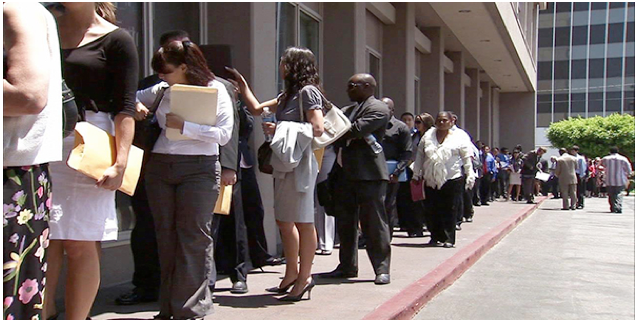
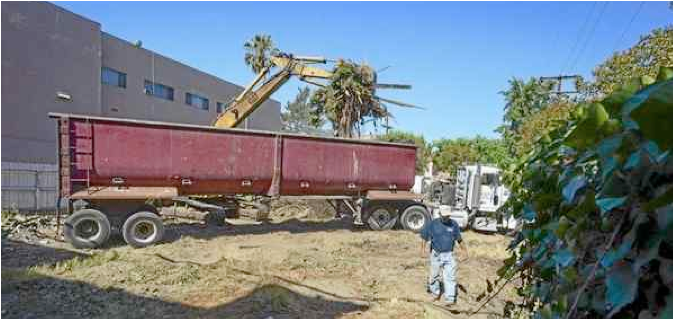
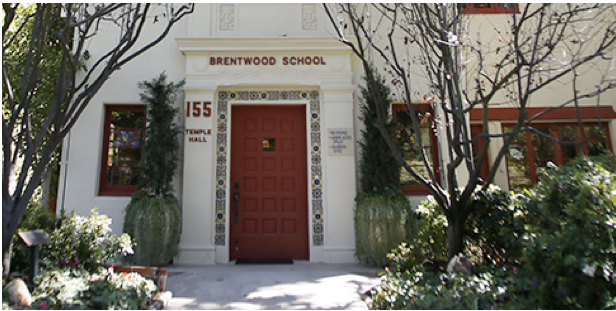
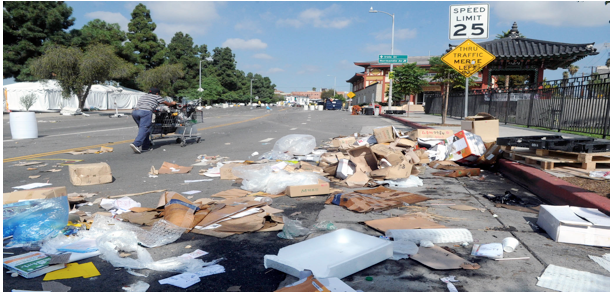


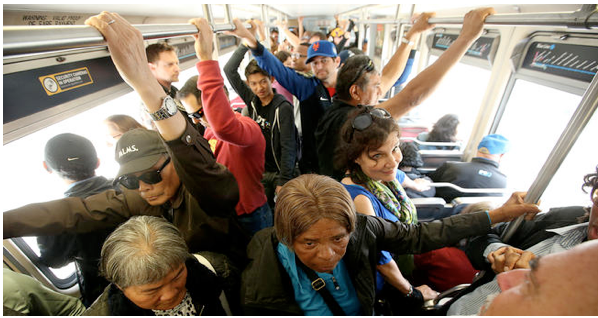

 Residents of Boyle Heights are concerned about the possibility of widespread gentrification, which has led to some friction as the market has heated up.
Residents of Boyle Heights are concerned about the possibility of widespread gentrification, which has led to some friction as the market has heated up. 
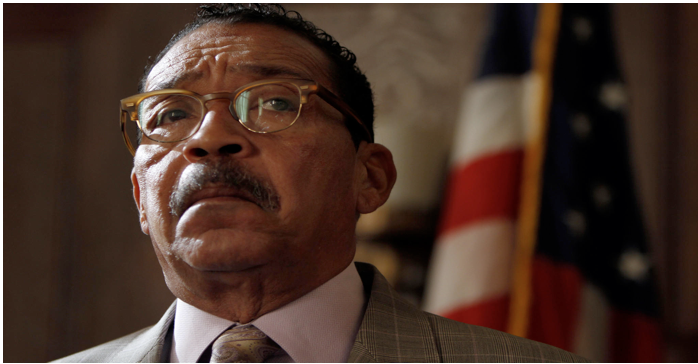

 Depicted in an
Depicted in an 
